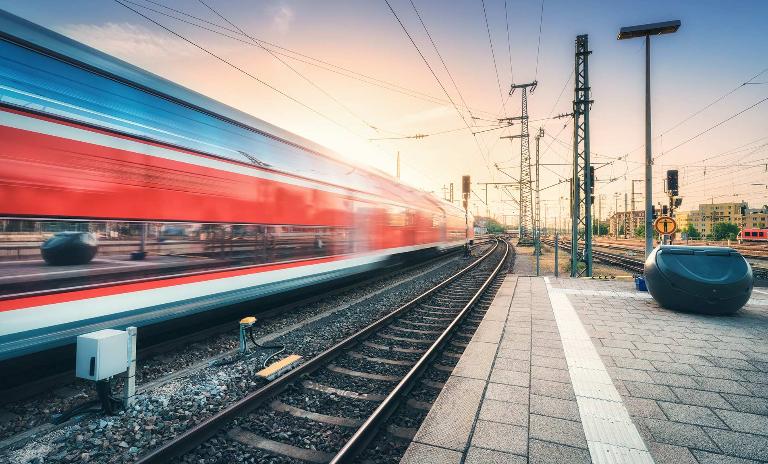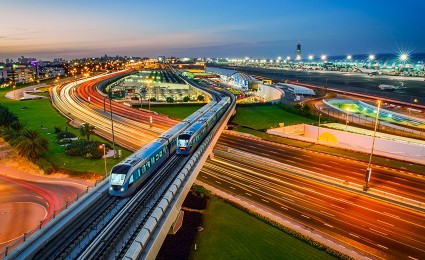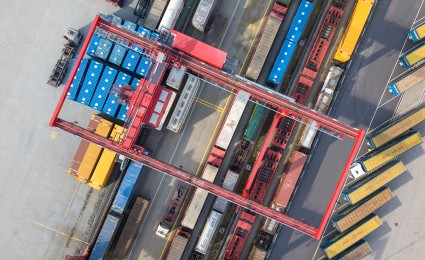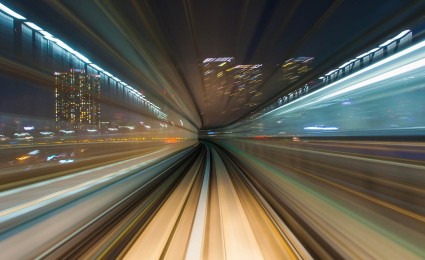

Decarbonization is a hot topic in the railway industry
Diesel traction to be replaced by hydrogen fuel cells and battery technology in the rail sector
Hydrogen fuel cell technology and battery-powered traction are important developments to eventually replace diesel traction in the railway sector and reduce its carbon footprint. "Accelerating the decarbonisation of rail” by Martin Streichfuss and Andreas Schwilling, partners in Roland Berger’s Transportation Competence Center, was recently published in the Railway Gazette International journal and highlights the increased interest in finding alternatives to diesel traction for rail transport. By reviewing the hydrogen fuel cell and battery technology, the authors investigate the technologies’ potential to decrease greenhouse emissions and whether they are realistic options to implement for a more sustainable use of sources.

While diesel is still the dominating fuel in rail transport, accounting for 20 % of rail traffic within Europe, there is an active pursuit to move away from finite resources. Hydrogen fuel cell technology and battery-powered traction, as already being applied in rail traffic in parts of Europe and Japan, have demonstrated promising results in minimizing emissions. Battery-powered trains charge easily and also require little additional infrastructure. However, fuel cells offer a longer range while refuelling faster than batteries. If the cost of hydrogen production were to be reduced, fuel cell technology would be cost-competitive to diesel traction.
Drawing a comparison of all options for rail transport, the environmental effects on the emission rate is highly dependent on the technology used for propulsion and electricity production. It is clear, however, that the implementation of all alternatives shows significant CO2 savings in contrast to diesel use. As a result, the future likely holds enough room for all three types of traction. However, it is also important to consider that complete decarbonization of rail traffic can only take place if the electric power is generated from renewable sources. Therefore, there is still a lot of work to be done and the position of diesel vehicles is to be modified. Schemes and incentivisation to replace them will contribute to the acceleration of decarbonization rail traffic.
Click here to read the full article.





